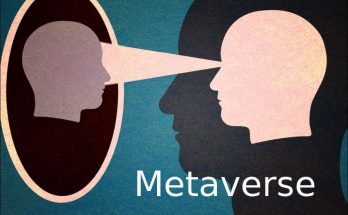Internet addiction and Web 3.0. The beginning of the story is interesting. The first case of internet addiction started in 1996, when a person cheated on his wife in chat rooms. These days we are in the Web1 phase. Websites are inactive with user interaction. Users enter the site, read and exit. Therefore, there is no addiction on the Web, the addiction first starts with chat rooms such as MIRC, which work on another protocol. We can capture this detail here. It is not technology that causes addiction, but the need for attention and love in human nature that is met through these tools.
While addictions were mostly from chat rooms in the Web1 phase, the rise of social networks and the increase in time spent in multiplayer games in the Web2 phase brought Web2 platforms to the center of internet addiction. In fact, it was at this point that addiction became massive, entered lower age groups, and spread as an epidemic.
Because Web 2.0 platforms used the data they received from the user to keep the user in the system longer. We saw a video streaming platform manager who said, “Our only competition is sleep.” Some of the dangerous practices at this stage were the emergence of games that could even lead children to suicide. Then, we gradually witnessed the increasing dependence of older age groups such as Generation X on platforms such as Facebook and Twitter.
Now, as we move into the new phase called Web3, we are thinking about the new model that internet addiction will take. We carry out our thought practices by focusing on points such as whether the user is a producer or a consumer during this time, and whether the user is transformed into a product in a digital flow beyond his or her control, rather than the time spent on the internet.
We know that currently more than 90% of internet users are consumers. Less than 10% produce the content here. Content production enables a certain segment of people to be strong both socially and financially. On the other hand, we know that the employment created by technology companies is increasing day by day, and all of the world’s biggest brands are either technology companies or companies that use technology very well.
The difficult part here is to make a move. We have a tool in our hands. With this tool, we can advance civilization, but we can also harm ourselves. So how do we use this tool correctly? If we consider the internet as a tool, we should start knowing this. Each person may want to use this tool in a different way. It would be useful to write a general prescription, especially for children and young people, and move them from the consumption side of technology to the production side by using various models, instead of a time limit or a complete ban.
Next Page: Internet addiction and Metaverse.
Hits: 27



